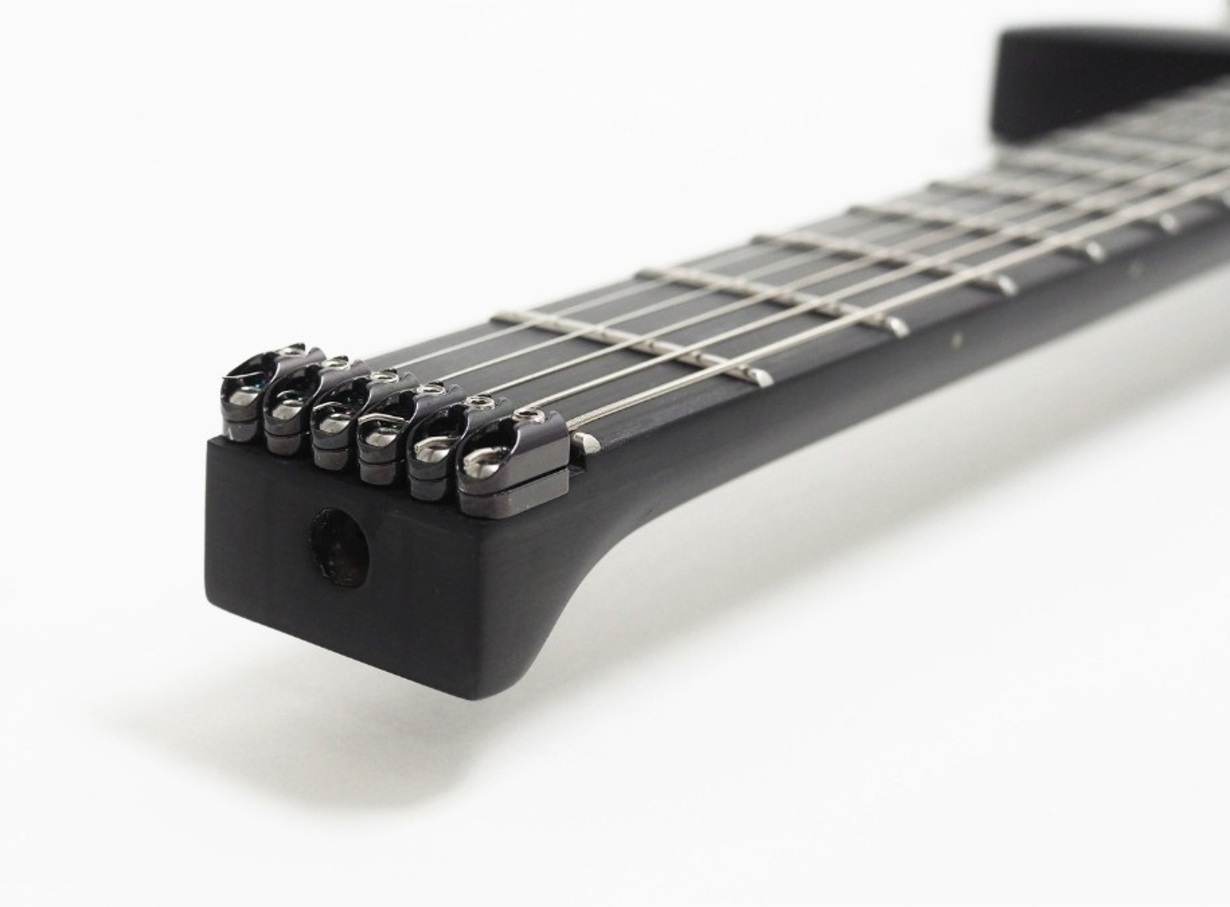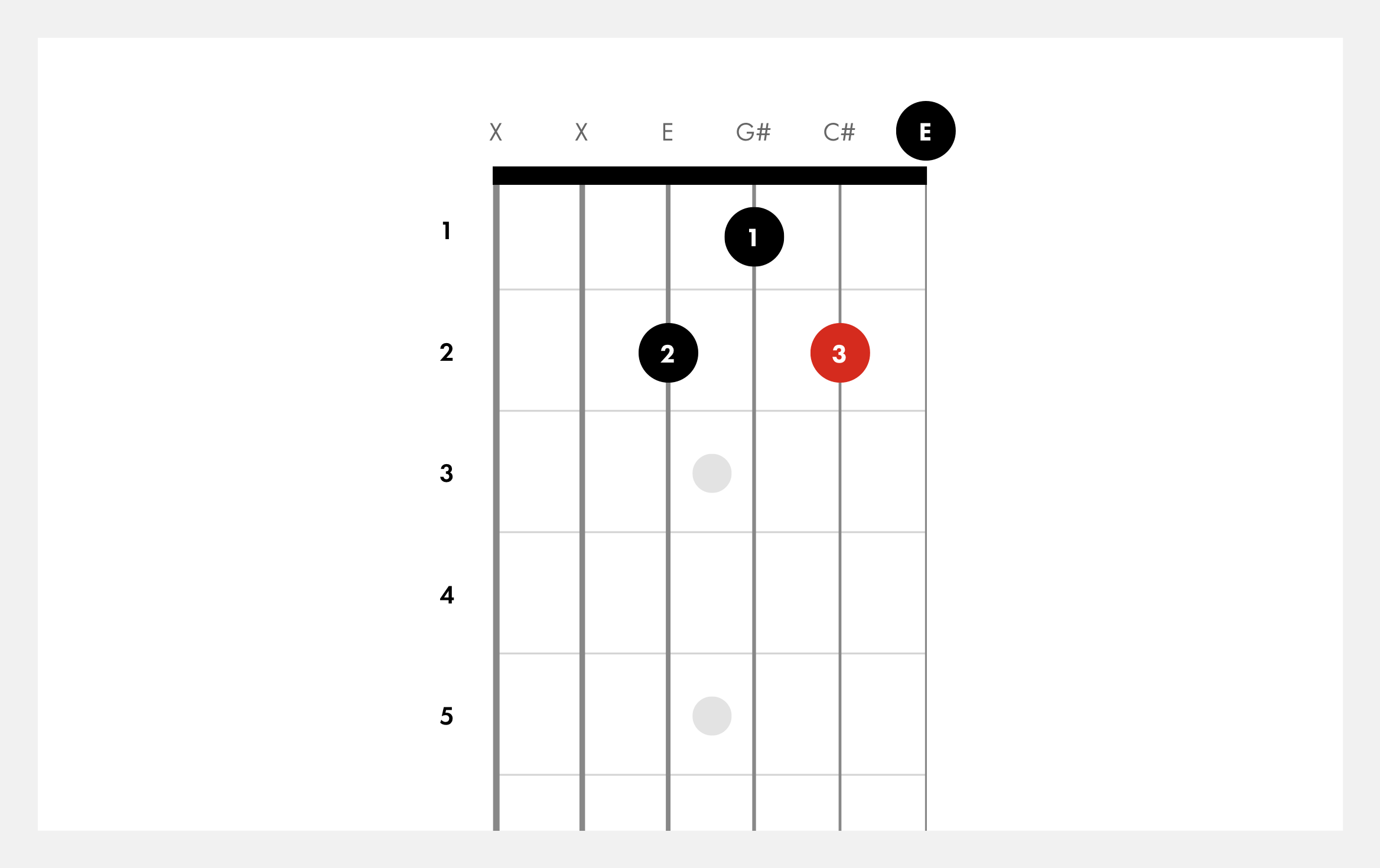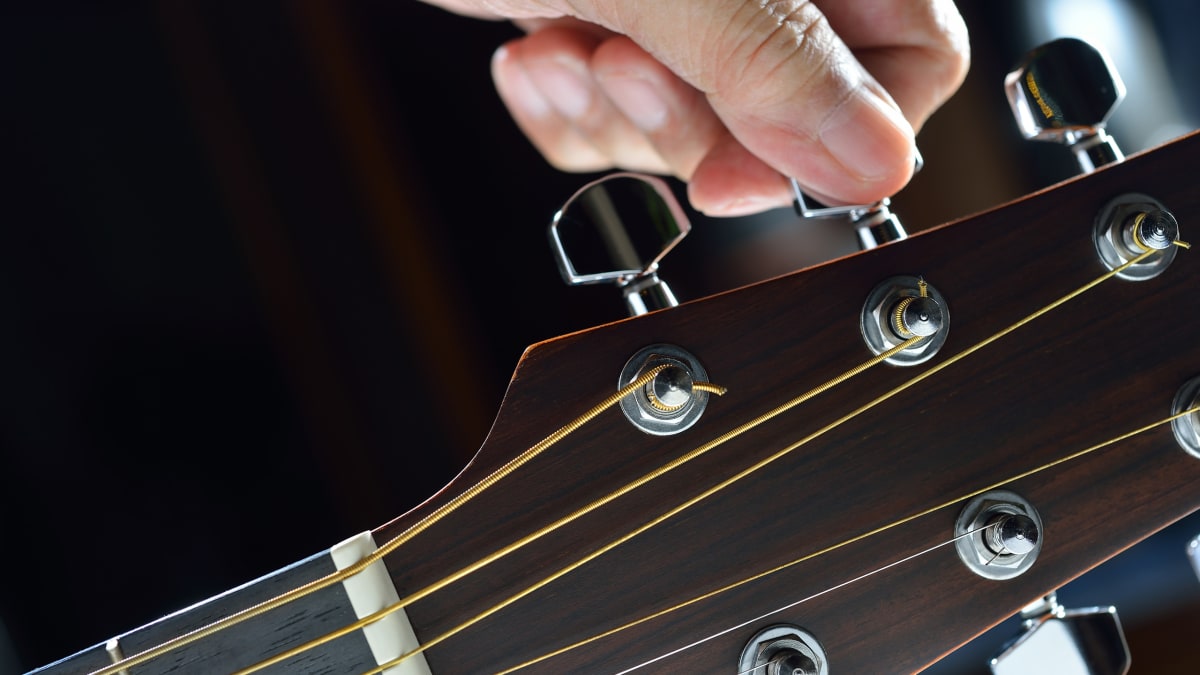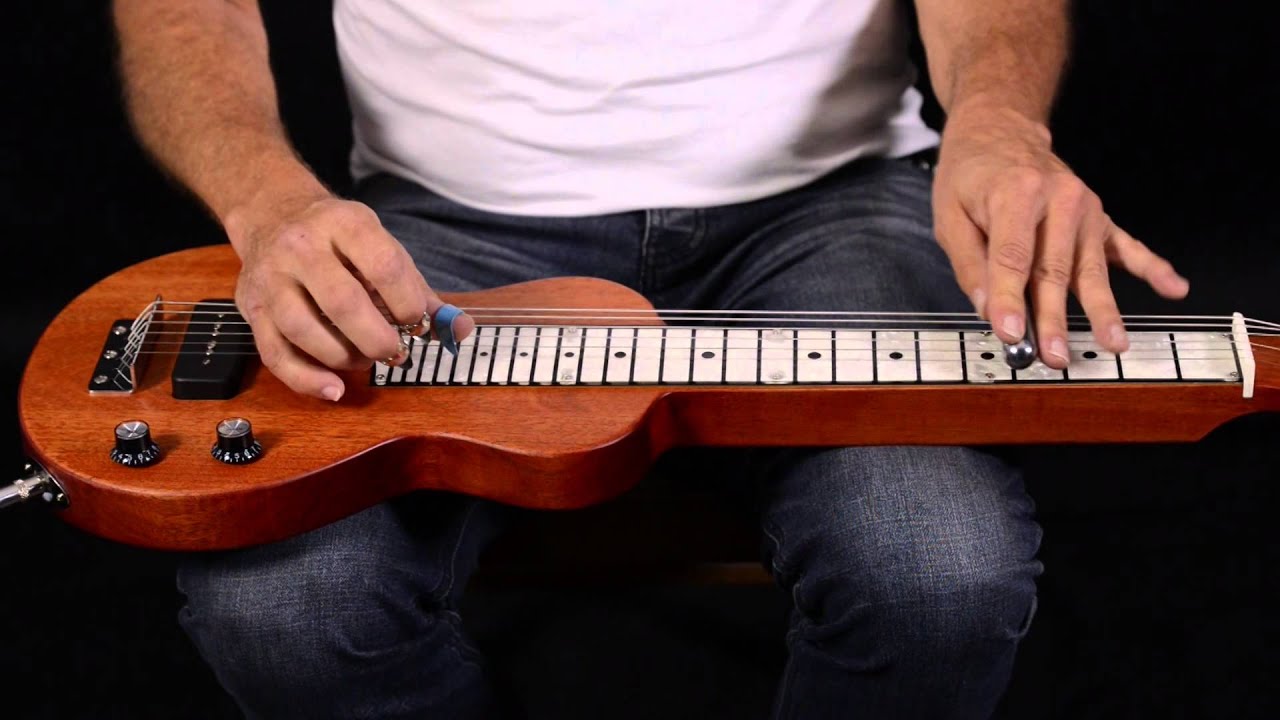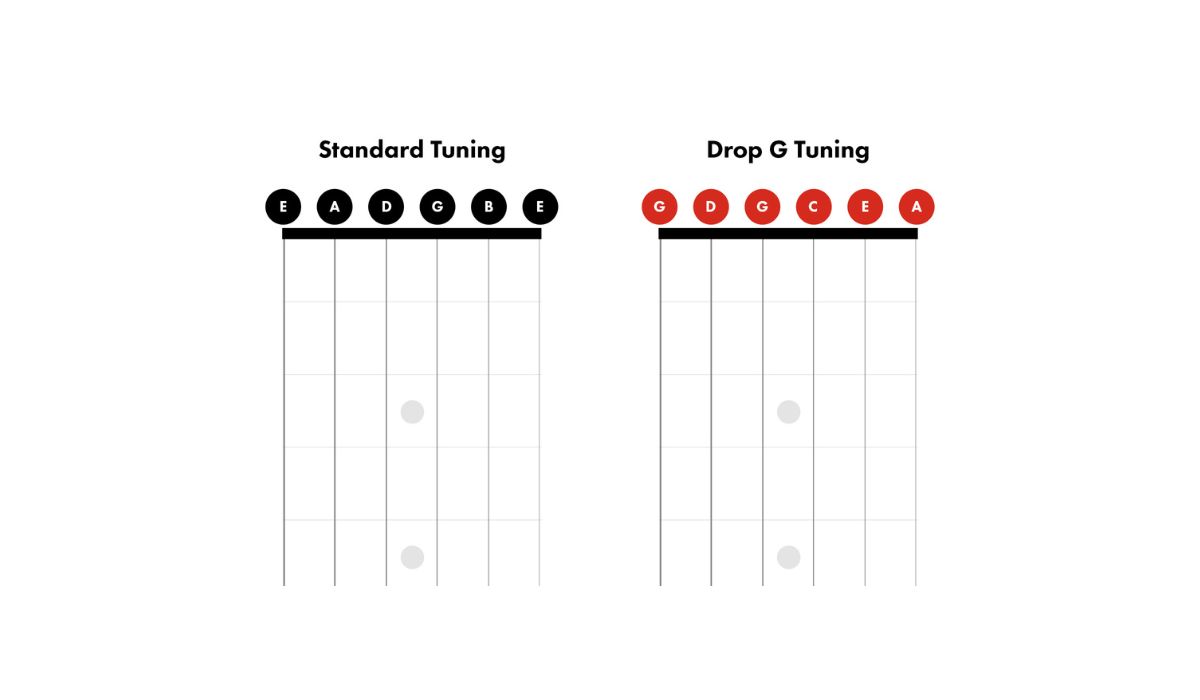Home>Instruments>Guitar>How To Tune A Guitar To Drop C
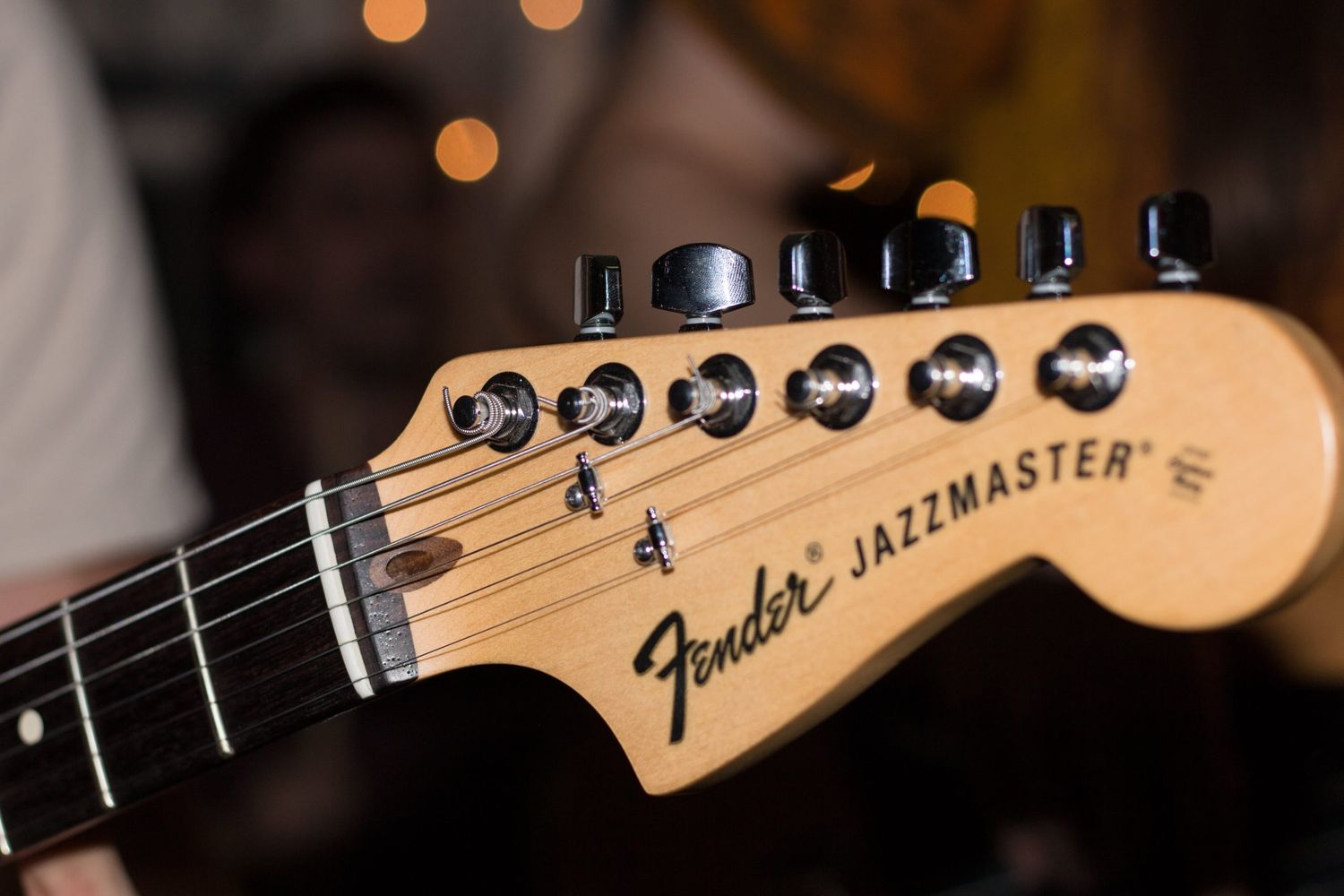

Guitar
How To Tune A Guitar To Drop C
Published: February 14, 2024
Learn how to tune your guitar to Drop C with our step-by-step guide. Get the perfect low, heavy sound for your metal and hard rock riffs.
(Many of the links in this article redirect to a specific reviewed product. Your purchase of these products through affiliate links helps to generate commission for AudioLover.com, at no extra cost. Learn more)
Table of Contents
Introduction
Understanding Drop C Tuning
Drop C tuning is a popular alternative guitar tuning that involves lowering the pitch of the strings to achieve a heavier, deeper sound. This tuning is commonly used in various heavy metal and hard rock genres, allowing guitarists to produce a more aggressive and powerful tone. By adjusting the standard tuning of the guitar, players can explore a new sonic landscape and experiment with fresh musical possibilities.
Unlike standard tuning, where the strings are typically tuned to EADGBE from low to high, Drop C tuning involves lowering the pitch of the sixth string (E) two whole steps down to C. This adjustment results in a lower overall pitch, enabling guitarists to create a darker and more intense sound that resonates with the energy of heavy music.
Understanding how to tune a guitar to Drop C is essential for guitarists seeking to expand their sonic repertoire and explore the dynamic range of the instrument. In this guide, we will delve into the step-by-step process of achieving Drop C tuning, along with valuable tips for playing in this alternate tuning. Whether you’re a seasoned guitarist or a beginner eager to explore new sounds, mastering Drop C tuning opens the door to a world of creative possibilities and sonic exploration.
Understanding Drop C Tuning
Drop C tuning, also known as drop C, is an alternative guitar tuning that lowers the pitch of the strings to achieve a unique and powerful sonic quality. In this tuning, the sixth string, typically tuned to E in standard tuning, is lowered two whole steps to C. The remaining five strings are usually tuned to G, C, F, A, and D, resulting in the overall tuning of CGCFAD from low to high.
One of the primary appeals of Drop C tuning is its ability to produce a heavier, more aggressive sound, making it a popular choice among heavy metal and hard rock guitarists. The lower overall pitch allows for greater depth and resonance, enhancing the impact of riffs and power chords. Additionally, the altered string tension in Drop C tuning can facilitate techniques such as palm muting and string bending, contributing to the distinctive character of the sound.
Drop C tuning offers guitarists the opportunity to explore new tonal possibilities and expand their creative horizons. The lower register of the guitar in this tuning provides a rich foundation for crafting intense and emotive compositions, adding depth and gravitas to musical arrangements. Furthermore, the altered tuning can inspire fresh melodic ideas and encourage experimentation with chord voicings and harmonies.
It’s important to note that while Drop C tuning is commonly associated with heavy music genres, its versatility extends to various musical styles. Guitarists across different genres have embraced this tuning to infuse their music with a distinct edge and a captivating sense of depth. Whether it’s crafting bone-rattling riffs or exploring intricate melodic passages, Drop C tuning empowers guitarists to push the boundaries of their sonic expression.
By understanding the fundamental principles of Drop C tuning and its impact on the guitar’s sonic characteristics, guitarists can harness its potential to create compelling and evocative music. In the following sections, we will explore the step-by-step process of tuning a guitar to Drop C, along with valuable tips for navigating this alternative tuning with confidence and creativity.
Steps to Tune a Guitar to Drop C
Tuning a guitar to Drop C involves adjusting the standard tuning of the instrument to achieve a lower overall pitch, unleashing a powerful and resonant sound. Whether you’re a seasoned guitarist or a beginner eager to explore new sonic territories, mastering the process of tuning to Drop C opens the door to a world of creative possibilities. Here’s a step-by-step guide to tuning your guitar to Drop C:
- Prepare Your Guitar: Before beginning the tuning process, ensure that your guitar is in good condition and that the strings are properly secured. It’s essential to have a reliable tuner to facilitate accurate pitch adjustments.
- Tune the Sixth String to C: Start by tuning the sixth string (low E) down two whole steps to C. Using a tuner, carefully adjust the tension of the string until it reaches the desired pitch. It’s important to tune the string gradually to avoid placing excessive strain on the guitar neck and bridge.
- Tune the Remaining Strings: With the sixth string now tuned to C, proceed to tune the remaining strings to the appropriate pitches for Drop C tuning. The fifth string is tuned to G, the fourth string to C, the third string to F, the second string to A, and the first string to D.
- Check for Accuracy: Once all strings have been adjusted to their respective pitches, double-check the tuning using a reliable tuner. Ensure that each string accurately corresponds to the designated note in Drop C tuning.
- Test the Tuning: After completing the tuning process, strum the guitar to assess the overall sound and resonance. Make any necessary adjustments to individual strings to achieve optimal tonal balance and clarity.
As you familiarize yourself with the process of tuning a guitar to Drop C, it’s important to approach each step with patience and precision. Accurate tuning is crucial for achieving the desired sonic impact and ensuring that the guitar maintains stable intonation and resonance. By following these steps and honing your tuning skills, you can confidently explore the expressive potential of Drop C tuning and unleash a captivating and powerful sonic palette.
Tips for Playing in Drop C Tuning
Playing in Drop C tuning presents a unique and exhilarating experience for guitarists, offering a rich sonic landscape and a platform for creative exploration. Whether you’re delving into heavy metal, hard rock, or other genres that benefit from the lower, heavier tonality of Drop C tuning, the following tips will enhance your proficiency and musical expression in this alternate tuning:
- Experiment with Power Chords and Riffs: Drop C tuning amplifies the impact of power chords and riffs, allowing for a deeper and more resonant sound. Explore the lower register of the guitar to craft compelling and forceful chord progressions and dynamic riff patterns.
- Utilize Open String Resonance: The altered string tension in Drop C tuning enhances the resonance of open strings. Incorporate open string voicings and arpeggios into your playing to capitalize on the rich, sustained tones characteristic of this tuning.
- Explore Extended Range and Melodic Possibilities: The lower overall pitch of Drop C tuning provides an extended sonic range, enabling guitarists to explore melodic passages and harmonic textures with added depth and intensity. Embrace the expanded tonal palette to craft evocative melodies and harmonies.
- Adapt Your Playing Techniques: The altered string tension in Drop C tuning may require adjustments to playing techniques. Experiment with palm muting, string bending, and other expressive techniques to harness the full potential of this tuning and infuse your playing with dynamic nuances.
- Customize Your Sound with Effects: Explore the use of effects such as distortion, overdrive, and compression to further enhance the impact of Drop C tuning. Experiment with different tonal textures and sonic treatments to sculpt a personalized and commanding guitar sound.
- Embrace Creative Exploration: Approach Drop C tuning as a catalyst for creative exploration and musical innovation. Embrace experimentation and fearlessly push the boundaries of your playing, allowing the unique characteristics of this tuning to inspire fresh musical ideas and compositions.
By incorporating these tips into your approach to playing in Drop C tuning, you can harness the full expressive potential of this alternate tuning and elevate your musical expression to new heights. Embrace the depth, power, and versatility of Drop C tuning as you embark on a captivating journey of sonic discovery and creative fulfillment.
Conclusion
Exploring the realm of Drop C tuning opens a gateway to a sonic landscape characterized by depth, power, and creative potential. By understanding the fundamental principles of this alternate tuning and mastering the process of tuning a guitar to Drop C, guitarists can unlock a rich palette of expressive possibilities and redefine their musical horizons.
Drop C tuning transcends genre boundaries, offering a versatile platform for musical exploration across various styles and genres. Whether crafting bone-rattling riffs in the realm of heavy metal or infusing alternative and progressive compositions with a captivating edge, the lower, heavier tonality of Drop C tuning provides a compelling foundation for sonic innovation.
As guitarists delve into the immersive experience of playing in Drop C tuning, they are empowered to unleash the full potential of the instrument, harnessing the expressive nuances and dynamic range afforded by this alternate tuning. From crafting thunderous power chords and resonant open string voicings to exploring intricate melodic passages with added depth and intensity, Drop C tuning invites guitarists to embark on a journey of sonic discovery and creative fulfillment.
By embracing the tips and techniques tailored for playing in Drop C tuning, guitarists can refine their proficiency and musical expression, amplifying the impact of their playing and compositions. The combination of altered string tension, extended sonic range, and a commanding tonal presence in Drop C tuning provides a compelling canvas for artistic innovation and sonic exploration.
In conclusion, Drop C tuning stands as a testament to the boundless potential of the guitar as a vehicle for emotive expression and musical storytelling. As guitarists immerse themselves in the evocative realm of Drop C tuning, they embark on a transformative journey, where the instrument becomes a conduit for raw emotion, unbridled power, and limitless creativity.




